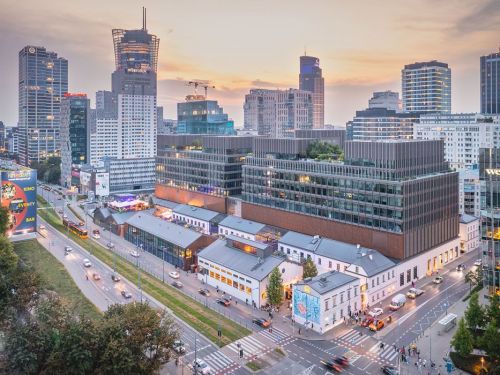A beehive on the roof is often the cherry on the cake of a corporate ESG strategy, communicating a developer’s clear concern and care for maintaining biodiversity. On top off that, the preservation of biodiversity is one of 17 sustainable development goals set out in the UN’s 2030 Agenda for sustainable development, which was ratified by member states in 2015.
Beehives are also a rather egalitarian construction since they can be placed both on top of large prestigious developments as well as those with smaller budgets. Hives can be found on the roofs of many of Skanska’s buildings, for example. They can be found on top of Zielony by Synergia in Łódź, on the construction site of Fabryka Porcelany in Katowice, in the Bronowice Business Center in Kraków and also on the roof of the Royal Wilanów centre in Warsaw. We should also add Saski Crescent in Warsaw to the list, where beehives were installed on its roof two years ago.
“ESG plays a major role inf our st































































